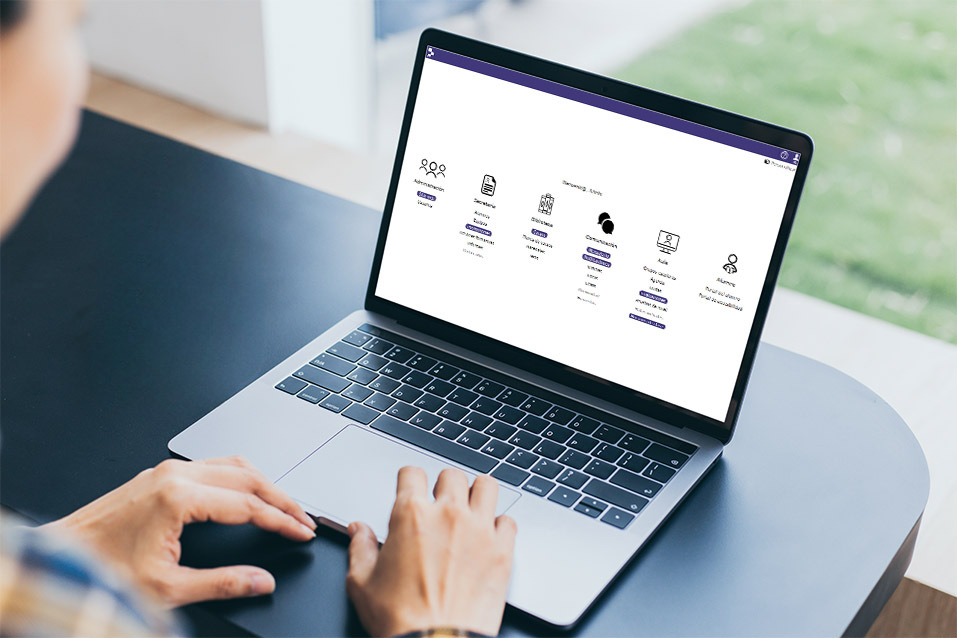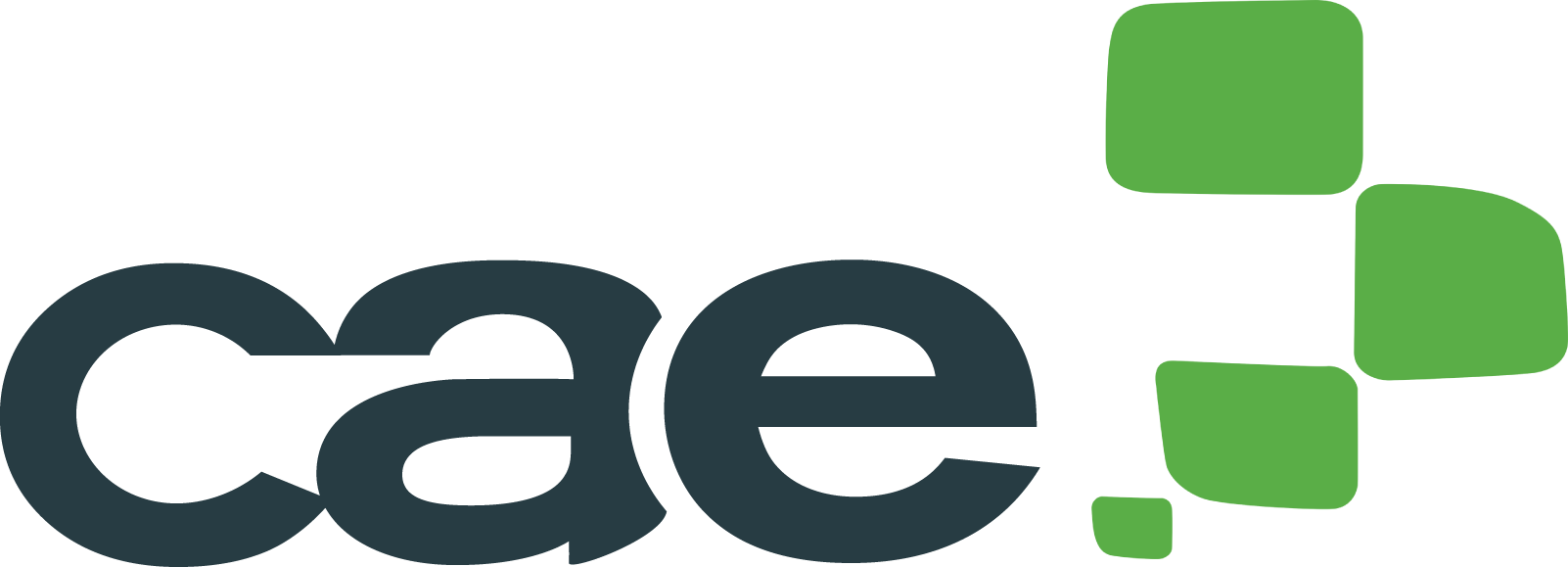Educational platforms have been rapidly implemented in the teaching community due to their multiple benefits. Yet, there are still teachers who have doubts about it and wonder what an LMS educational platform is and what are the advantages of an LMS?
To be able to give an answer that is useful to the entire academic community, we will break down all aspects related to an LMS educational platform, starting with its own definition.
What are educational platforms and why are they interesting for an educational center?
An educational platform also called an academic platform or LMS (Learning management system), is an intuitive and friendly virtual environment that has many features to optimize time and save money for educational centers.

The functionalities of an academic platform are focused on providing assistance to the teaching activity and facilitating students’ learning. Today, this platform is used in all kinds of schools, from kindergarten to university, and in all types of teaching, such as: in-person, hybrid (blended learning), and online.
Objectives of a virtual academic platform
Educational institutions that hire a teaching and learning platform want to manage their entire educational community more effectively and efficiently. This overall objective is achieved thanks to the fact that an LMS addresses several aspects:
- Less time spent creating lessons and exercises
- Evaluations that require fewer resources
- Smooth communication across multiple channels
- Data collection and analysis
- Technology, innovation, and usability
Elements of a virtual academic platform
LMS educational platforms have structurally, different modules to meet school management needs at three major levels: administrative and academic management, management of the teaching-learning process, and communication management.
In addition, this technological software provides shared workspaces to facilitate the exchange of content and information, incorporates communication tools (chats, emails, discussion forums, videoconferences, blogs, etc.), and, in many cases, has a large repository of digital learning objects, as well as their own mechanisms for the generation of resources.
A virtual teaching platform brings together a large range of educational tools
An LMS platform incorporates a wide variety of tools that facilitate teachers’ work. We could divide them into the following typologies:
- Administrative: allows the center to manage aspects such as tuition, reports, certificates, etc.
- Data and analytics: allow teachers to follow each group or student closely.
- Gamification: provides functionalities to create content or activities with a playful approach.
- Evaluation: the platform incorporates tools to evaluate, such as tests, exams, and even proctoring online.
- Social and communication: enable cooperation, working in groups, messaging, chats, forums, announcements, etc.
- Didactics: a set of materials that simplify the creation of educational content, lessons, and activities.
What is an educational platform for?
A platform is very useful for teachers and students. Let us look at the main utilities for teaching professionals:
- Create educational content with ease. SCORM compliance further simplifies this task.
- Manage students quickly and communicate with families
- Simple and constant assessment of students
- Be aware of the class and students’ progress thanks to the data offered by the platform
- Keep the group motivated
- Improve communication inside and outside the classroom
- Have many educational tools at all times, thus being able to diversify the type of teaching materials
For students, the educational platform is used to facilitate their learning process, as it takes advantage of the following utilities:
- Unlimited access to knowledge
- Know their progress and aspects to improve
- Content is presented in a playful and entertaining way
- Have a safe space to communicate and raise questions
Features of the best educational platforms
You may wonder what LMS platform to choose or which one is best for your academic institution.
Below we explain some of the features that the best educational platform needs:
- Personalization and flexibility: the platform must allow the content to be customized to the curriculum of the center or school, as well as to the academic objectives of each teacher.
- SCORM compliance: this will save a lot of time in the preparation of lessons
- Usability: select an intuitive and functional platform that everyone can use without hindrance
- Tools: hire the one that offers you a wide variety of functionalities to have everything in the same place
- Interactivity and gamification: to achieve a participatory and enjoyable classroom with motivated students
- Assessment: different modalities for evaluating to choose the one that best suits students’ needs
- Analytics: Data collection provides valuable information that you can use, for instance, to reinforce lessons that students struggle with
Advantages of an LMS educational platform
Below we list a number of advantages that will let you know why it is so important to have a teaching platform in your school:
1. The educational platform saves you time
Teachers and professors at your school spend many hours a week creating, collecting, and copying activity and homework sheets for their students. Much of that time can be saved if the teacher transfers these activities to a learning platform where the student can easily find all the content of the subject in an organized and structured way.
2. Save money with the educational platform
Schools invest thousands of euros a year in school supplies such as paper, ink, photocopies, etc. However, with the implementation of an educational platform, these expenses can be saved. Teachers can even save money by incorporating all the necessary information into the educational platform so that students have access to addresses, notes, activities, and curriculum material in one place.
3. Achieve greater student participation through the educational platform
Doubts are solved online and working groups become a source of collaboration between teachers and students. Students make questions on the online platform to clarify and complement the doubts that may arise in face-to-face classes while providing suggestions for improvement and offering alternative perspectives. This creates an enabling environment to enhance student participation and peer feedback.
4. Optimize teachers’ tasks through the educational platform
With all the time saved on school supplies, teachers can focus on innovative learning opportunities that arise from using all the resources available on the Internet. Therefore, the classroom becomes a more focused environment for students who have their space outside the classroom, in which they learn and reinforce what they have learned thanks to the educational platform.
In addition, teachers can observe, thanks to the analysis of the online training platform, what students have learned best and what they need to improve. This information is very important for the teacher to know what material should be complemented so that students get the most out of their learning, and therefore achieve academic success.
5. Increase your interactions with students through the educational platform
Teachers can use the online tools available on the educational platform to address students’ questions which normally cannot be answered due to lack of time. Students can send their doubts and get answers even outside school hours, in a virtual family environment.
6. Provide students with opportunities to practice standard online exams
Most teachers do not have enough time to make formal examinations. However, this problem can be solved thanks to the incorporation of an educational platform, which offers courses to practice tests outside the classroom at the rhythm of each student.
7. Group work through an LMS
On many occasions, classroom time is limited for the development of activities. One of these is working in a group. The educational platform allows students to participate flexibly, that is when they have time. In this way, there is more time in the classroom for other activities that the teacher considers appropriate. Technology creates a transparent environment, as it is easier to see who has done what, making group work fairer and more equitable.
8. Improve effective communication between teachers and pupils
Online educational platforms incorporate message systems that allow teachers to communicate easily with students. Teachers can make announcements, modify assignments, change due dates, and address issues using the message option without having to wait until the next day.
9. Build an educational community through the learning platform
Teachers can use the virtual space to build relationships with students. The online community that is created in the educational platform achieves a fluent dialogue with students and at the same time helps students interact by sharing views and school content. These informal conversations outside the classroom bring a benefit to the learning process by making both students and teachers, members of an online educational community.
10. Access much more information through the educational platform
Through the virtual environment, teachers have access to information they have never had before. The educational platform allows teachers to integrate images, videos, PDF files, etc. And nowadays it is very easy to access different resources and integrate them into educational platforms.
The use of the educational platform offers a number of advantages in supporting face-to-face teaching that improves outcomes by achieving academic success. It is important to decide what the needs of your school are so that you can choose the educational platform that best suits your needs.
For more information on how your school would benefit from an educational platform and what are the advantages of an LMS? Contact us. One of our educational technology experts will advise you in a personalized way.
You may also like:

